Tag: art
-
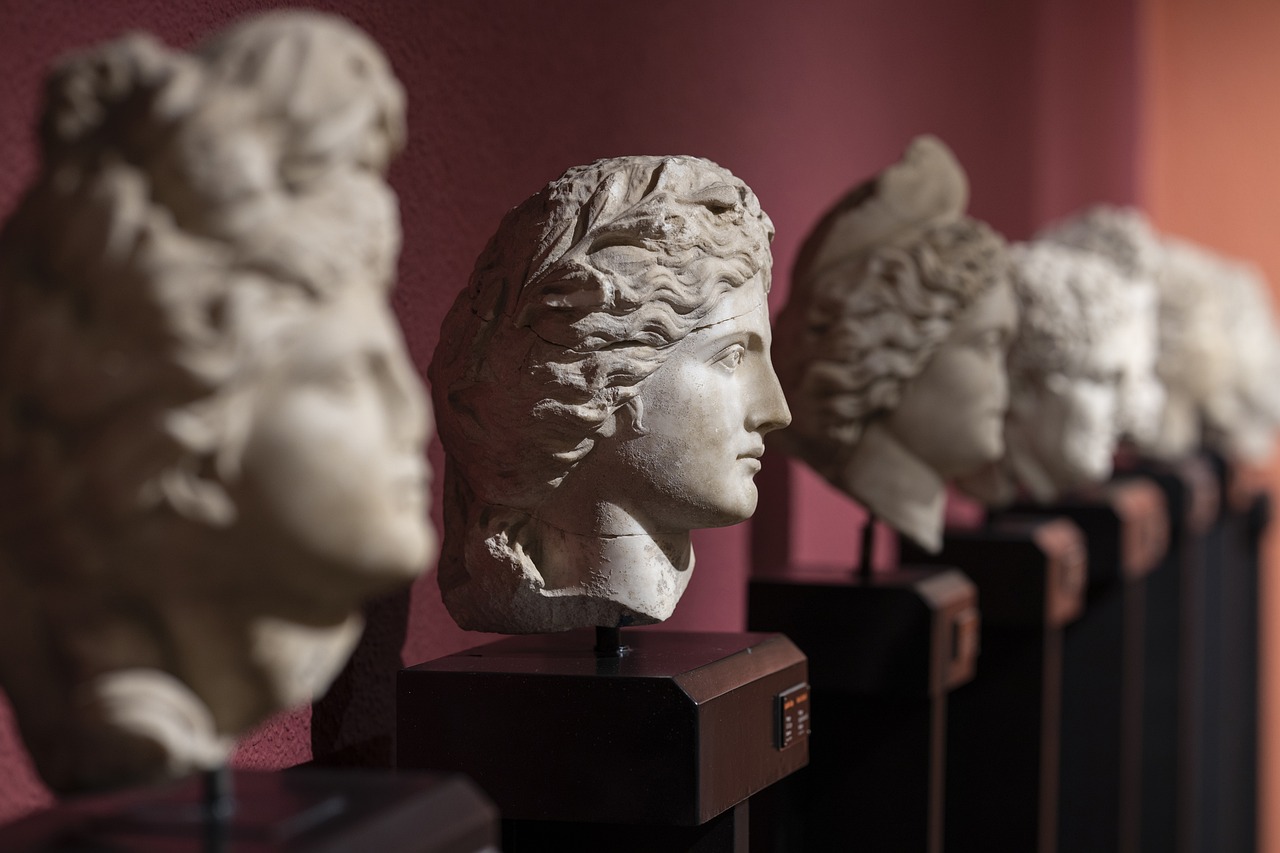
The Art-Larp Paradox
“In adapting larp practices to be suitable for artistic spaces and audiences, embodiment, and player agency is susceptible to compromise – potentially sacrificing the artistic essence of larp itself,” says Alex Brown.
-
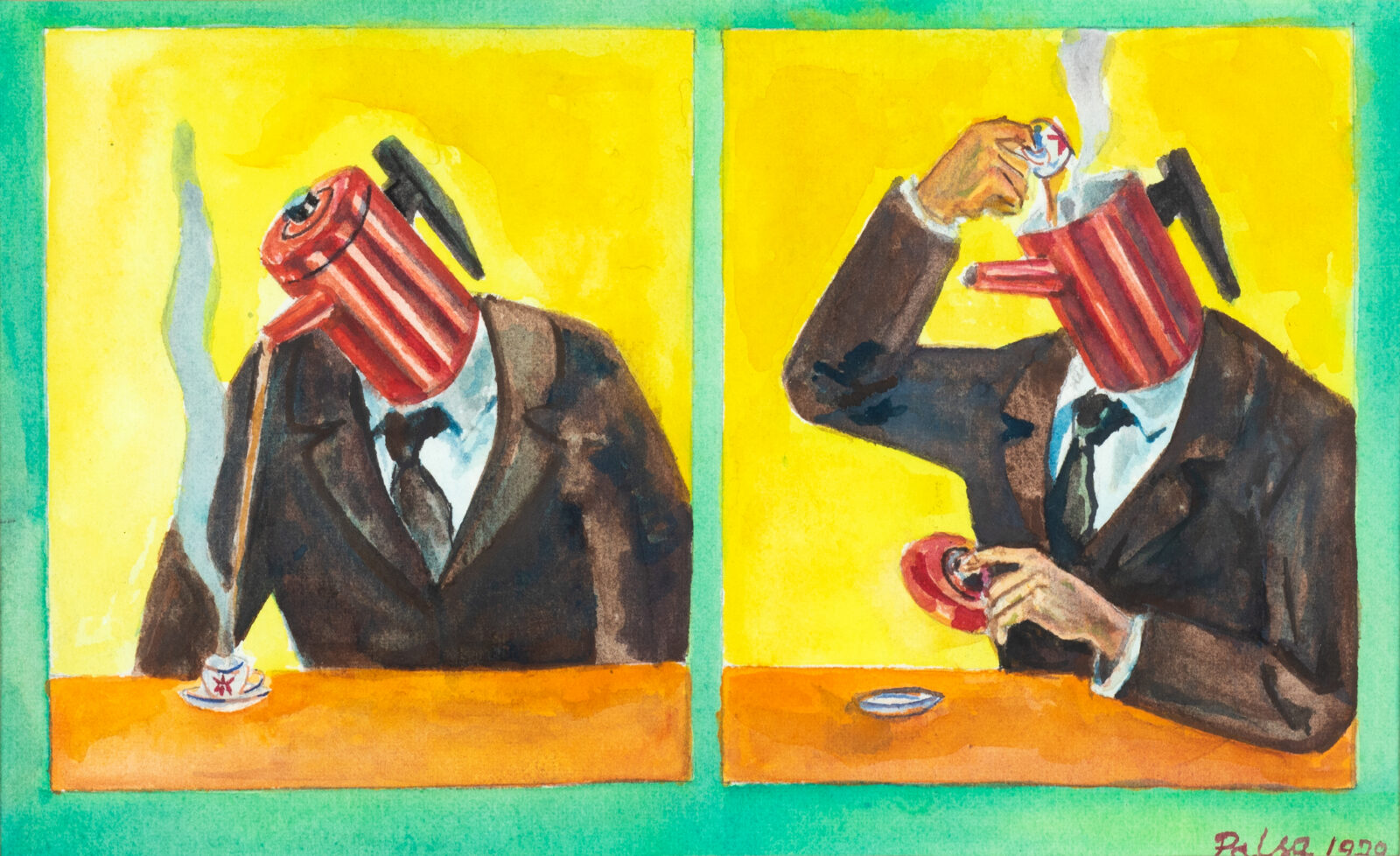
Experiencing Art from Within
In Kaisa Kangas’s larp Hyvät museovieraat (Eng. Dear Museum Visitors), in the Amos Rex museum, artworks came alive and possessed the bodies of the participants.
-
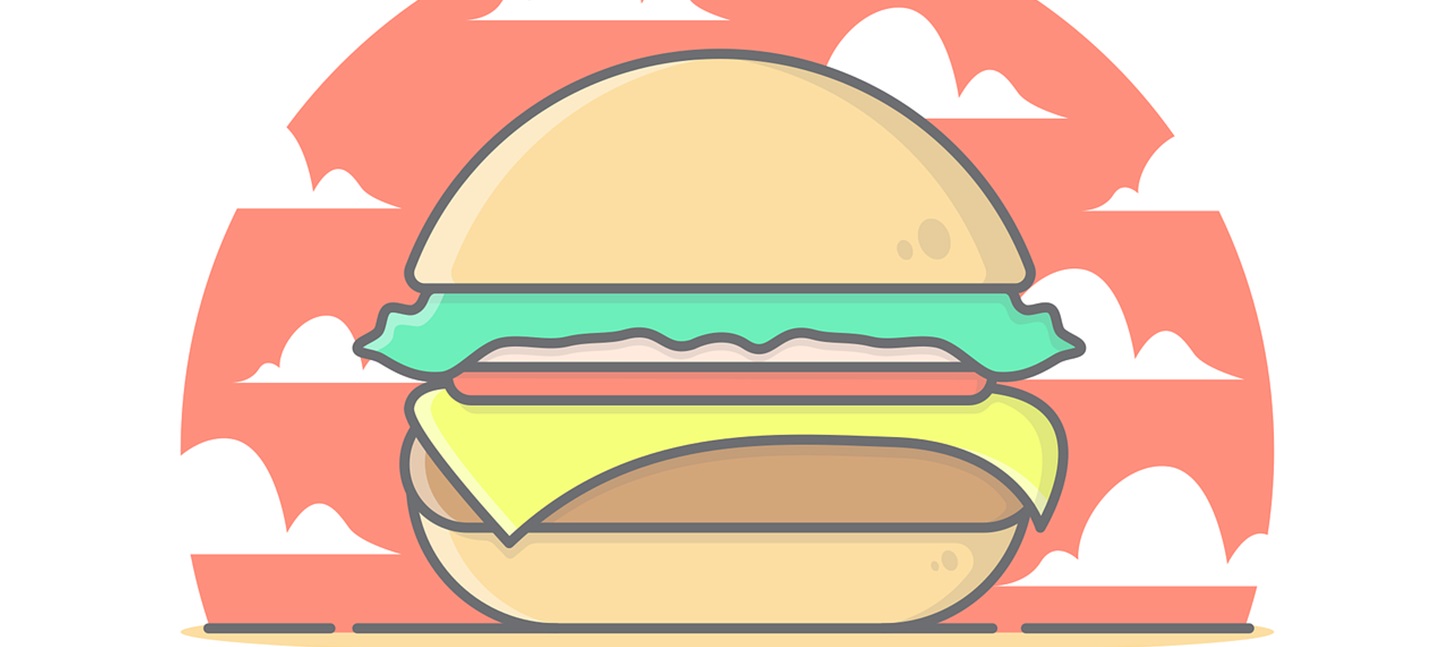
For Design
in
A response to the recent article ‘Against Design’ by Widing & Nordwall, arguing for the essentialness of design in larp practice.
-
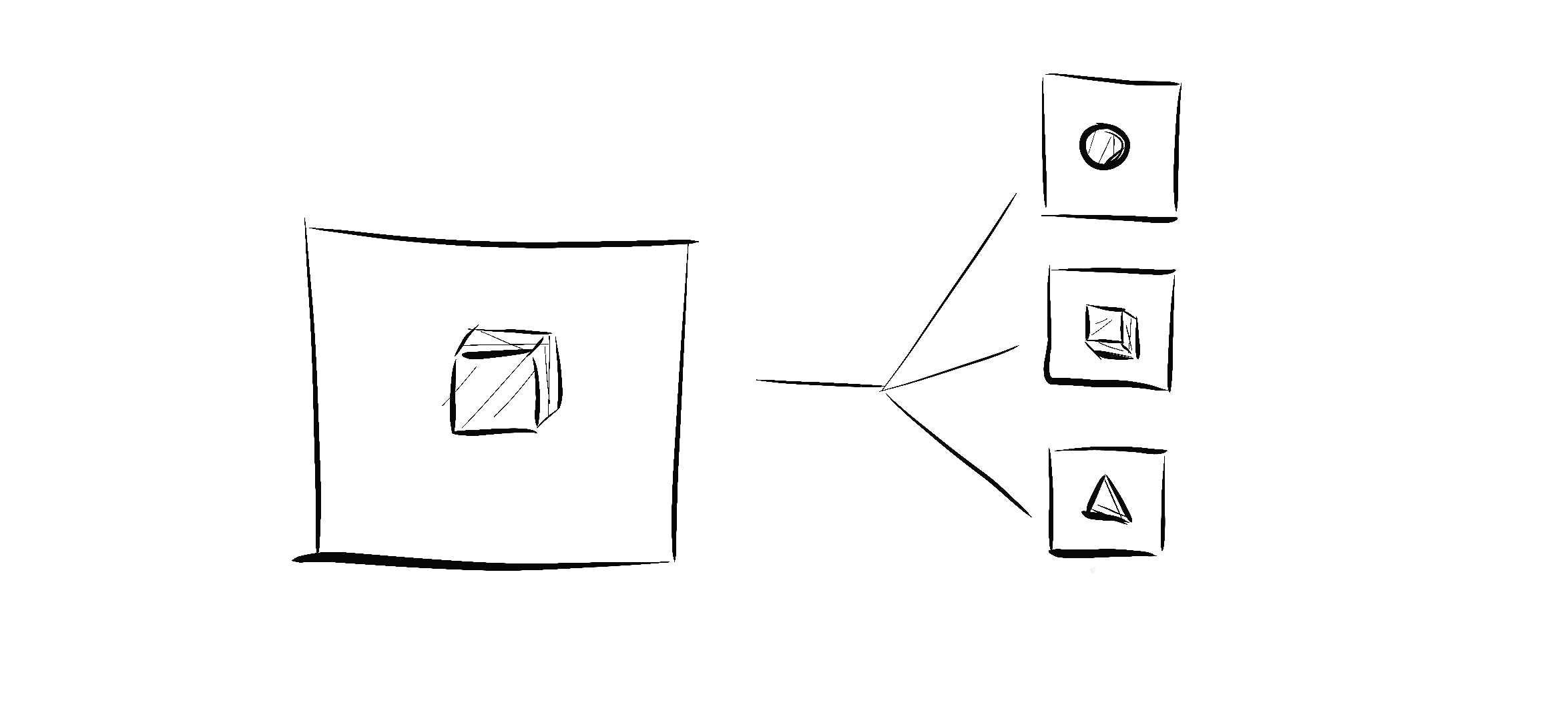
Against Design
in
Stop using experience product delivery as the primary factor when evaluating larp projects.
-
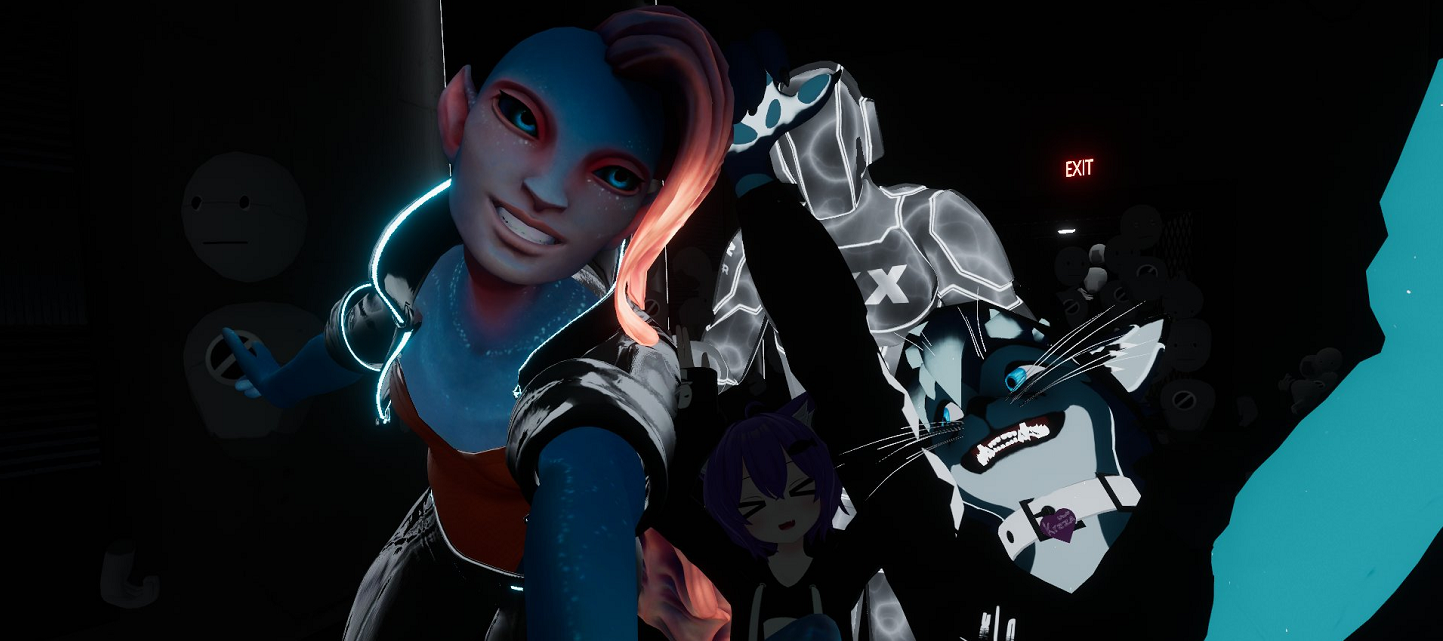
Comments on VR, Larp, Technology, Creation
in
Aesthetics, Possibility and Ethics of an Immersive Mass Media This article is a personal commentary on a few major topics I picked up throughout the past six years of creating for VR/new media and larp. The principal aim of this text is to touch on philosophical themes related to industrial technology, as our community gravitates